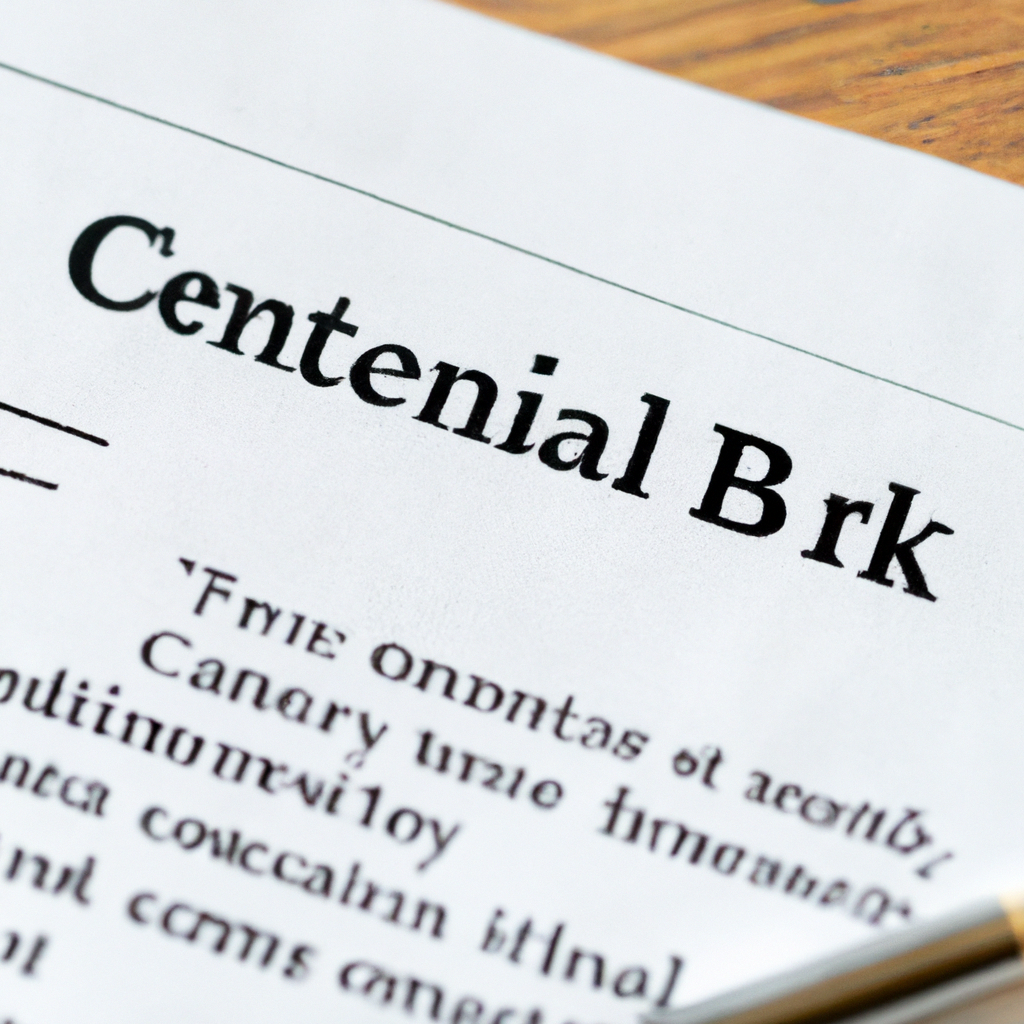In the intricate dance of economics, few elements play as pivotal a role as employment. As nations strive for prosperity, the challenge of reducing unemployment remains a perennial concern for policymakers and economists alike. Among the many tools available to address this issue, monetary policy stands out as a potent instrument wielded by central banks around the world. But can adjustments in interest rates and money supply effectively reduce unemployment? This article delves into the mechanisms of monetary policy, explores its historical impact, and examines contemporary debates to uncover whether monetary policy can indeed serve as a reliable lever to lower unemployment rates. Join us as we navigate the complexities of this economic conundrum and seek to understand the potential and limitations of monetary interventions in fostering a healthier labor market.
Certainly! Below is a suggested content outline for an article on whether monetary policy can reduce unemployment:
Monetary policy, implemented by a nation's central bank, involves the management of interest rates and the money supply to influence economic activity. One of the primary objectives of monetary policy is to achieve macroeconomic stability, which includes controlling inflation and, crucially, reducing unemployment. The relationship between monetary policy and unemployment is complex and mediated through various channels.
When a central bank decides to lower interest rates, borrowing becomes cheaper for both consumers and businesses. This typically leads to an increase in consumer spending and business investment. With higher demand for goods and services, companies may need to hire additional workers to meet this increased demand, thus reducing unemployment. Additionally, lower interest rates can make mortgages and other loans more affordable, potentially leading to a boost in the housing market, which also generates employment opportunities in construction and related industries.
Conversely, when the central bank raises interest rates to combat inflation, borrowing costs increase, which can dampen consumer spending and business investment. This can lead to a slowdown in economic activity and potentially higher unemployment. Therefore, central banks must carefully balance their policies to avoid triggering a recession while trying to keep inflation in check.
Quantitative easing (QE) is another tool used by central banks, particularly when traditional methods such as adjusting interest rates are insufficient. QE involves the purchase of government securities or other financial assets to inject liquidity directly into the economy. This can lower long-term interest rates and encourage lending and investment, which can help reduce unemployment. However, QE carries risks, such as asset bubbles and long-term inflationary pressures, which must be managed.
While monetary policy can influence unemployment rates, its effectiveness is not absolute and may be subject to time lags. Structural factors in the labor market, such as skills mismatches, labor mobility, and technological changes, also play significant roles in determining the natural rate of unemployment. Additionally, other forms of economic policy, such as fiscal policy, labor market policies, and education and training programs, are crucial in addressing unemployment comprehensively.
In summary, monetary policy can be a potent tool for reducing unemployment, particularly in the short to medium term, by stimulating economic activity through lower interest rates and increased liquidity. However, its effectiveness is limited by the broader economic context and structural labor market issues, necessitating a coordinated approach with other policy measures for sustained employment growth.
